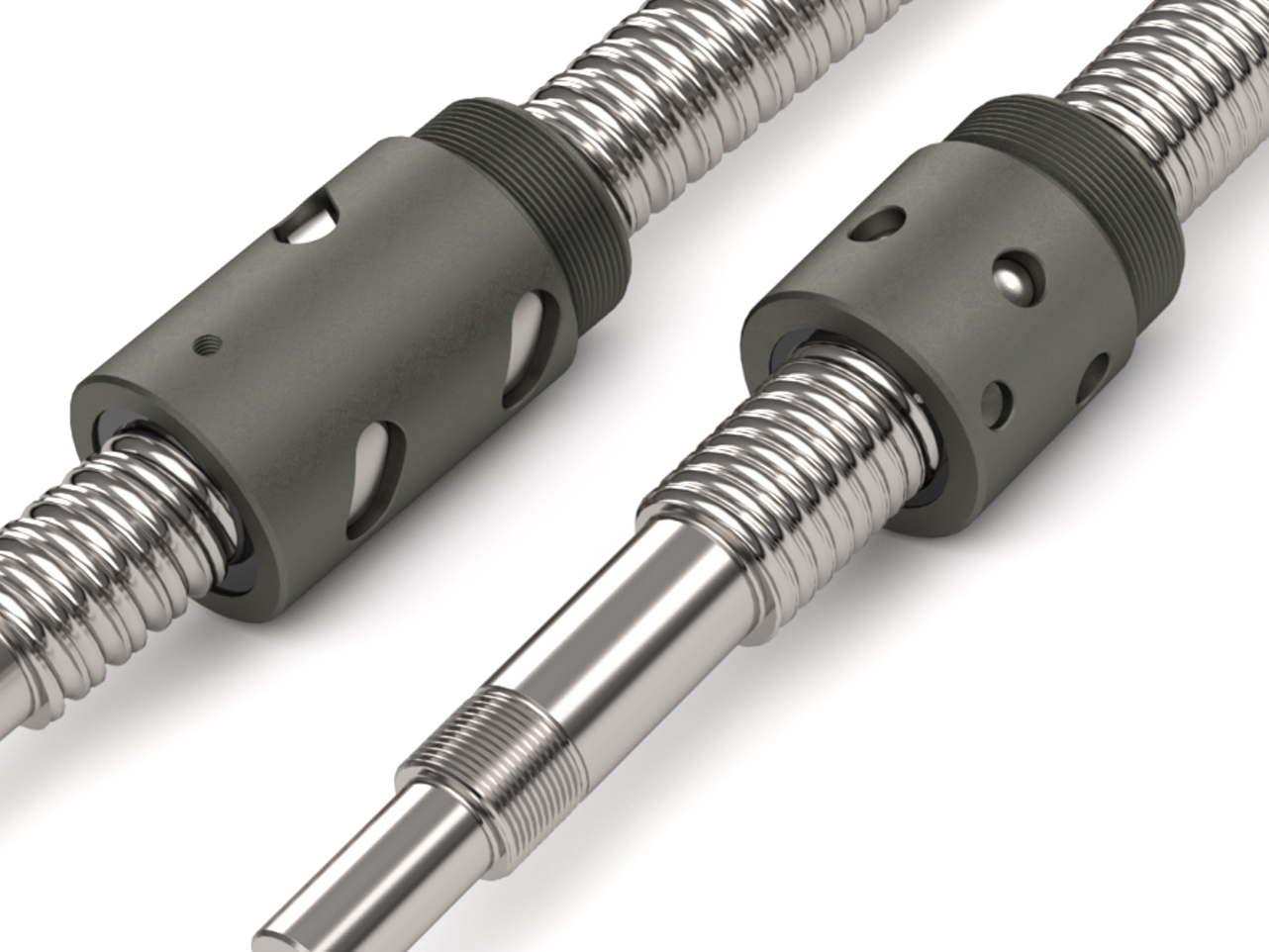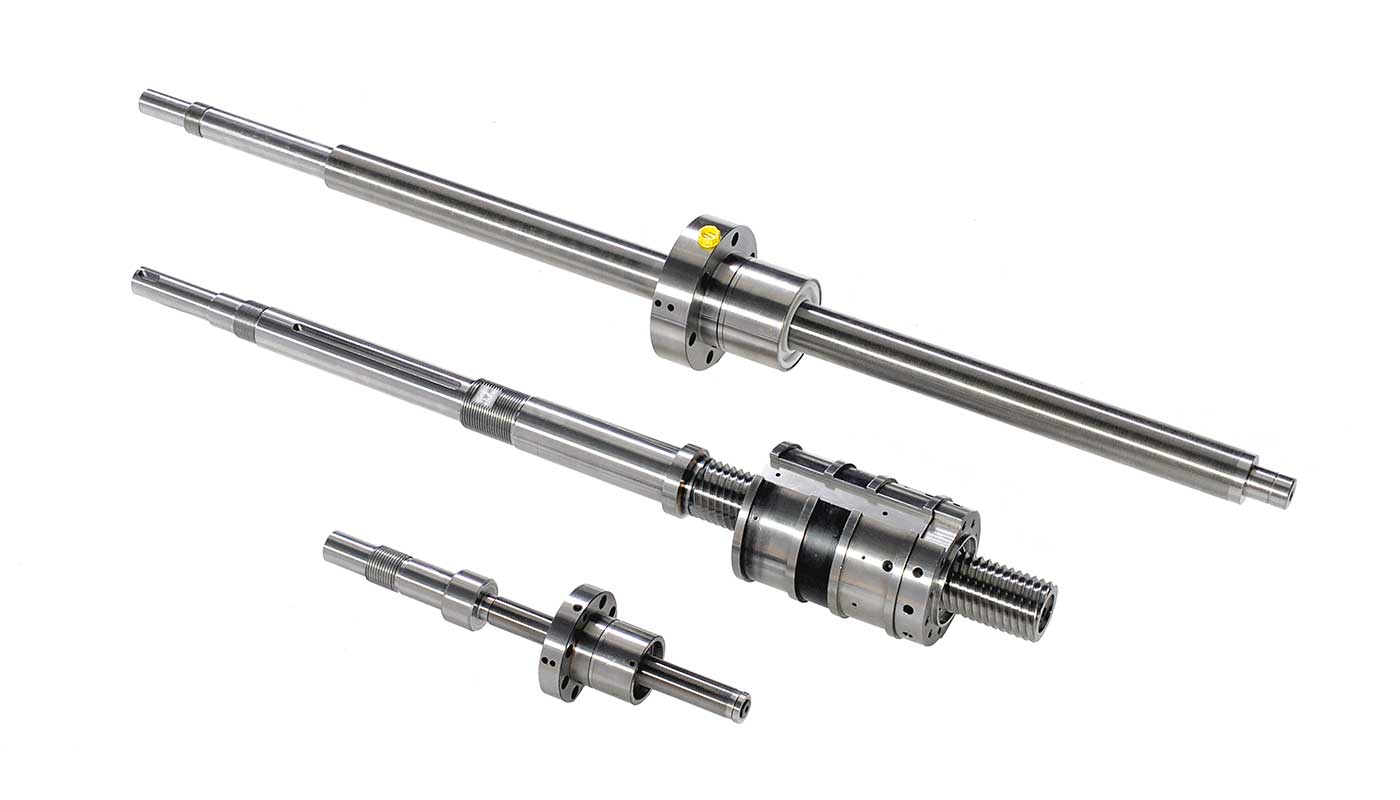Product Description
|
Chemical composition |
|
|
|
|
|
|
||||||
|
Material |
C |
Si |
Mn |
P |
S |
Cr |
||||||
|
52100 |
0.95-1.05 |
0.15-0.35 |
0.25-0.45 |
0-0.571 |
0-0.571 |
1.40-1.65 |
||||||
1.Can you provide sample free?
Yes ,we can provide free samples with in 0.5kg.
2.What kind of payment terms you can accept?
We can accept T/T,L/C, Western Union and Paypal.
3.What about your steel ball’s quality?
Checking in the whole manufacturing process &100% inspection before shipment ensure the quality of our products.
4.What’s your packing method?
A) Inner packing: Dry packing or oil packing are provided according to you needs.
B) Outer packing:
1)volatile rust preventive paper + poly bag + iron drum + wooden / iron pallet.
2)25kg poly bag + carton + wooden pallet or wooden box.
3)customized packing.
5.What’s your delivery time?
Within 3-30 days according to your required size and quantity.
6.Is your steel ball competitive?
Yes, We are steel ball manufacture more than 30+ years.
/* January 22, 2571 19:08:37 */!function(){function s(e,r){var a,o={};try{e&&e.split(“,”).forEach(function(e,t){e&&(a=e.match(/(.*?):(.*)$/))&&1
| Customized: | Non-Customized |
|---|---|
| Certification: | ISO, IATF16949 |
| Standard Parts: | Yes |
| Samples: |
US$ 0.1/Piece
1 Piece(Min.Order) | Order Sample steel ball
|
|---|
| Customization: |
Available
|
|
|---|
.shipping-cost-tm .tm-status-off{background: none;padding:0;color: #1470cc}
|
Shipping Cost:
Estimated freight per unit. |
about shipping cost and estimated delivery time. |
|---|
| Payment Method: |
|
|---|---|
|
Initial Payment Full Payment |
| Currency: | US$ |
|---|
| Return&refunds: | You can apply for a refund up to 30 days after receipt of the products. |
|---|

How do screw balls contribute to the efficiency of mechanical systems?
Screw balls, also known as ball screws, play a crucial role in enhancing the efficiency of mechanical systems. They offer several advantages that contribute to improved performance, reduced energy consumption, and increased overall system efficiency. Here are some key ways in which screw balls contribute to the efficiency of mechanical systems:
- High Efficiency of Power Transmission: Screw balls are highly efficient in converting rotary motion into linear motion. The rolling contact between the ball bearings and the screw threads minimizes friction compared to other types of linear motion systems, such as sliding or belt-driven mechanisms. This high efficiency allows mechanical systems to transmit power more effectively, resulting in reduced energy losses and improved overall efficiency.
- Improved Positioning Accuracy and Repeatability: Screw balls provide excellent positioning accuracy and repeatability, making them ideal for applications that require precise linear motion control. The ball bearings’ rolling contact with the screw threads ensures minimal backlash and hysteresis, resulting in accurate and repeatable positioning. This precision eliminates the need for additional corrective actions, reducing inefficiencies and improving the overall accuracy and efficiency of the mechanical system.
- Reduced Friction and Wear: Screw balls are designed to minimize friction and wear between the ball bearings and the screw threads. The rolling contact reduces sliding friction, resulting in less energy loss due to frictional heating. Additionally, advancements in materials and coatings have further reduced friction and wear, extending the screw ball’s lifespan and reducing the need for frequent maintenance and replacement. The reduced friction and wear contribute to improved efficiency and lower operating costs.
- Increased Load-Carrying Capacity: Screw balls are capable of handling high loads due to their ball bearing design. The load is distributed over a large number of ball bearings, allowing for efficient load transmission and reduced stress on individual components. The ability to handle high loads without sacrificing efficiency makes screw balls suitable for applications that require heavy-duty or high-performance linear motion systems.
- Energy-Saving Features: Manufacturers have introduced energy-saving features in screw ball designs to further enhance efficiency. For example, some screw balls incorporate low-friction ball nuts or optimized ball-to-raceway contact, reducing power requirements. Additionally, advancements in lubrication systems and materials minimize energy losses due to friction, resulting in improved energy efficiency and reduced operating costs.
- Integration with Automation and Control Systems: Screw balls can be easily integrated with automation and control systems, allowing for precise and efficient motion control. By integrating screw balls with servo motors, drives, and feedback systems, mechanical systems can achieve accurate and synchronized movement, minimizing errors and inefficiencies. This integration enables advanced automation and control strategies, optimizing system performance and energy usage.
By leveraging the advantages of screw balls, mechanical systems can achieve higher efficiency, improved accuracy, and enhanced performance. The reduced friction, high load-carrying capacity, and energy-saving features of screw balls contribute to lower energy consumption, reduced maintenance requirements, and increased productivity. These benefits make screw balls a popular choice in various industries where efficiency and precision are essential, such as robotics, CNC machines, aerospace, and automotive manufacturing.

Are there specific environmental conditions where screw balls perform best?
Screw balls, also known as ball screws, are versatile linear motion systems that can perform well in a wide range of environmental conditions. However, there are specific conditions where screw balls are particularly well-suited and can deliver optimal performance. Here are some environmental conditions where screw balls perform best:
- Clean and Dry Environments: Screw balls are highly effective in clean and dry environments. They are designed to operate with minimal friction, and the rolling contact between the ball bearings and the raceway helps reduce wear and extend the service life of the system. In clean and dry environments, there is less likelihood of contaminants or moisture affecting the performance of the screw ball assembly.
- Controlled Temperature: Screw balls are typically designed to operate within a specific temperature range. Extreme temperature variations can affect the performance and dimensional stability of the components. Therefore, screw balls generally perform best in environments with controlled temperature conditions, where the temperature remains within the specified operating range.
- Low to Moderate Vibration: Screw balls can tolerate low to moderate levels of vibration. However, excessive vibration can impact the accuracy and smoothness of the linear motion. Therefore, environments with low to moderate vibration levels are more suitable for screw ball applications. In cases where high vibration is present, additional measures such as vibration isolation or dampening techniques may be required.
- Low to Moderate Dust or Particle Exposure: Screw balls can operate effectively in environments with low to moderate levels of dust or particle exposure. However, excessive dust or particle contamination can hinder the smooth rolling motion and cause wear or damage to the ball bearings and raceway. In such cases, protective measures such as seals or covers can be employed to shield the screw ball assembly from contaminants.
- Moderate Humidity: Screw balls can tolerate moderate humidity levels. However, high humidity environments can lead to corrosion or moisture ingress, affecting the performance and longevity of the system. In humid conditions, appropriate sealing and corrosion-resistant materials should be considered to maintain optimal performance.
- Absence of Chemical Exposure: Screw balls are not suitable for environments where they come into direct contact with corrosive chemicals or aggressive substances. Chemical exposure can damage the ball bearings, raceway, and lubrication, leading to premature failure. It is important to ensure that screw balls are protected from chemical exposure or choose alternative materials that can withstand such environments.
While screw balls can perform well in various environmental conditions, it is crucial to consider the specific requirements and limitations of the application. Understanding the environmental factors and potential challenges can help in selecting appropriate screw ball configurations, materials, and protective measures to ensure optimal performance and longevity.

What materials are screw balls typically made from?
Screw balls, or ball screws, are typically made from a combination of materials carefully chosen to provide durability, strength, and smooth operation. The specific materials used can vary depending on the application requirements and environmental conditions. Here are some commonly used materials for screw balls:
- Steel: Steel is one of the most common materials used for screw balls due to its excellent strength and durability. Typically, hardened alloy steel, such as chrome steel or stainless steel, is utilized to withstand high loads, resist wear, and maintain dimensional stability. Steel screw balls are suitable for a wide range of applications, including industrial machinery, automotive systems, and aerospace equipment.
- Ceramic: In certain specialized applications, ceramic screw balls may be used. Ceramic materials, such as silicon nitride (Si3N4) or zirconia, offer advantages such as high hardness, superior corrosion resistance, and reduced friction. Ceramic screw balls are commonly employed in high-speed or high-temperature environments, where their exceptional properties contribute to improved performance and longevity.
- Plastic: For specific applications where lightweight components or electrical insulation are required, plastic screw balls can be utilized. Materials like nylon, polyoxymethylene (POM), or polyether ether ketone (PEEK) are commonly used for plastic screw balls. These materials offer reduced weight, low friction, and corrosion resistance, making them suitable for applications such as medical equipment, electronics, and precision instruments.
- Coatings and Treatments: In addition to the base materials mentioned above, screw balls may undergo specialized coatings or treatments to enhance their performance. For example, surface treatments like black oxide, zinc plating, or nickel plating can provide improved corrosion resistance. Lubricant coatings or treatments, such as Teflon or molybdenum disulfide (MoS2), can reduce friction and enhance smooth operation.
It is important to note that the selection of materials for screw balls should consider factors such as load requirements, operating conditions, temperature extremes, and compatibility with other components in the system. Manufacturers often provide specific recommendations regarding the materials best suited for their screw ball products based on extensive testing and application experience.
When choosing a screw ball, it is advisable to consult the manufacturer’s documentation, technical specifications, or seek guidance from professionals with expertise in the specific application or industry. They can provide valuable insights and recommendations on selecting the appropriate materials to ensure optimal performance and longevity of the screw ball.


editor by CX 2024-03-07
Leave a Reply